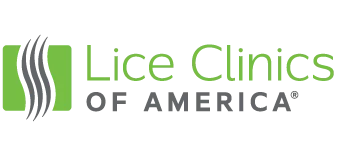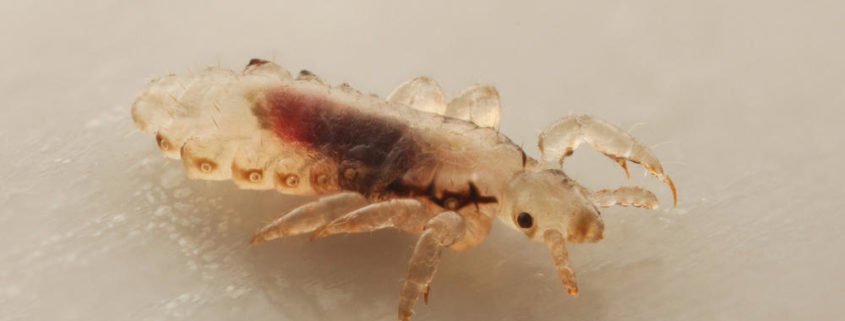How Do Lice Survive?
Life of a Louse
The life of a louse (singular for lice) starts as an egg or nit. Female lice lay about a half-dozen eggs every day. The nit is a tiny yellow speck about 1 millimeter long with a glue-like surface. Nits are very difficult to see and remove (hence the term “nitpicker” to describe someone with extreme attention to detail). Nits hatch after 7-10 days and begin life as immature nymphs. After about 10 days, they grow to full size. See pictures of head lice here.
Lice survive by eating several times a day. They move onto the scalp and pierce it to draw blood. Lice can’t live without a human host for more than 24 hours. This is important to know when dealing with an infestation because there are some misconceptions about how lice spread and how to respond. Lice cannot “fall” on pillows, sheets, stuffed animals, and other bedding unless the hair that they are attached to fall. But they can’t live on these surfaces, or on hats, scarves, furniture, or carpet. They also can’t live on pets or any other animals.
Nits can’t live without a human host. The warmth of the body provides the needed heat for nits to gestate. Nits that are removed or that fall in the form of lost hair die before they hatch.
How to Clear your Home of Lice
All of this means that if your child has lice, you don’t need to fumigate your house or pack away anything made of fabric in plastic bags for weeks. You just need to wash the clothes, bedding and towels that the person with lice has used, and dry them in high heat (lice can live underwater for several hours). Any stuffed animals on the bed can be put in the dryer for about 20 minutes on high heat to kill any lice and eggs. It is also important to wash any brushes or other hair accessories that may have been used by the person with lice. The CDC recommends washing in hot water (at least 130 degrees). It is also important to think of other places where the person with lice has put his or her head where hairs with lice may have fallen—hats, backpacks, car seats, etc.
Lice can’t fly. They can barely move at all. They only spread by moving from one person’s hair to another person’s hair when the people are making hair-to-hair contact—either directly or through items with hair on them.
Are you currently dealing with lice? Find a clinic near you! http://liceclinicsofamerica.com/clinics-near-you












